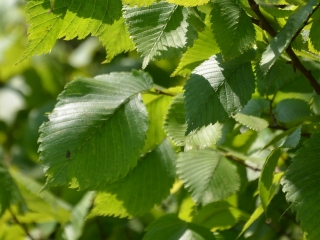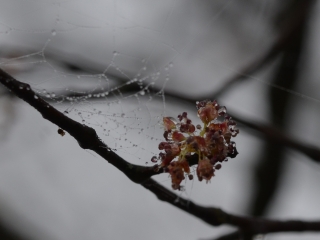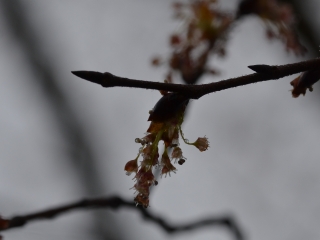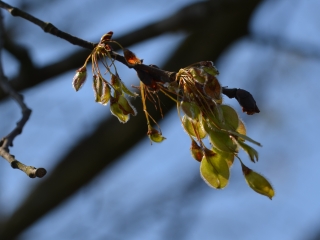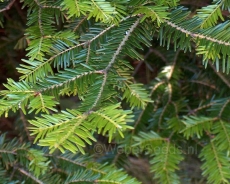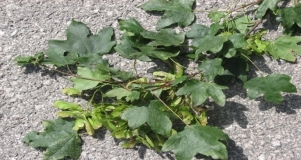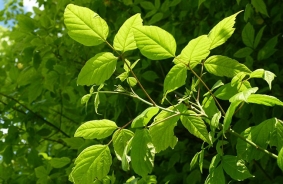European white elm Ulmus laevis
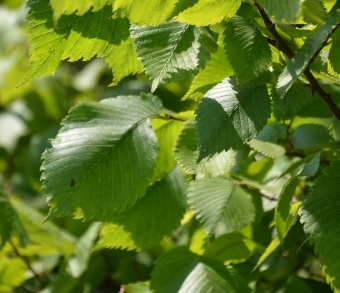
Features
A tree. Habitat - moist forests, embankments, bushy slopes.
| Species | Trees (Macrofanerophytes) |
| Living space | Mixed forest, Treeline |
| Size | up to 35 m |
Description
It is a lowland and slightly more continental species, reaching a maximum height of 35 meters and reaching an age of about 200, exceptionally even 300 years. It thrives best on fresh deep, sandy or loamy soils in lowland forests along watercourses and even on occasionally flooded soils, it also thrives in deep moderately dry soils, and appears even in forest steppes up to an altitude of about 300 meters. It is resistant to cold and does not tolerate drought well. The root system is shallow but strong, the trunk can reach a diameter of up to 2 m. The bark of the tree is smooth at first. Later, it cracks into thin gray scales, which become gray-brown with age, and the crust under them turns reddish-brown. The old trees have a strongly furrowed bark, similar to other types of elms. The leaves are thin, simple, erratically ovate or elliptical with a characteristic asymmetrical base. They reach up to 10 cm in length and about 7 cm in width. They have a double sawn leaf edge. The underside of the leaves is overgrown with thick, short hairs. The tree sheds its leaves in early autumn, faster than other types of elms. The flowers of the European white elm are cream-colored, bisexual and pollinated by wind. They are placed on the branches with long stalks measuring on average about 2 cm. The tree blooms before leafing. The fruit is a winged nut that ripens early, and the seeds germinate well.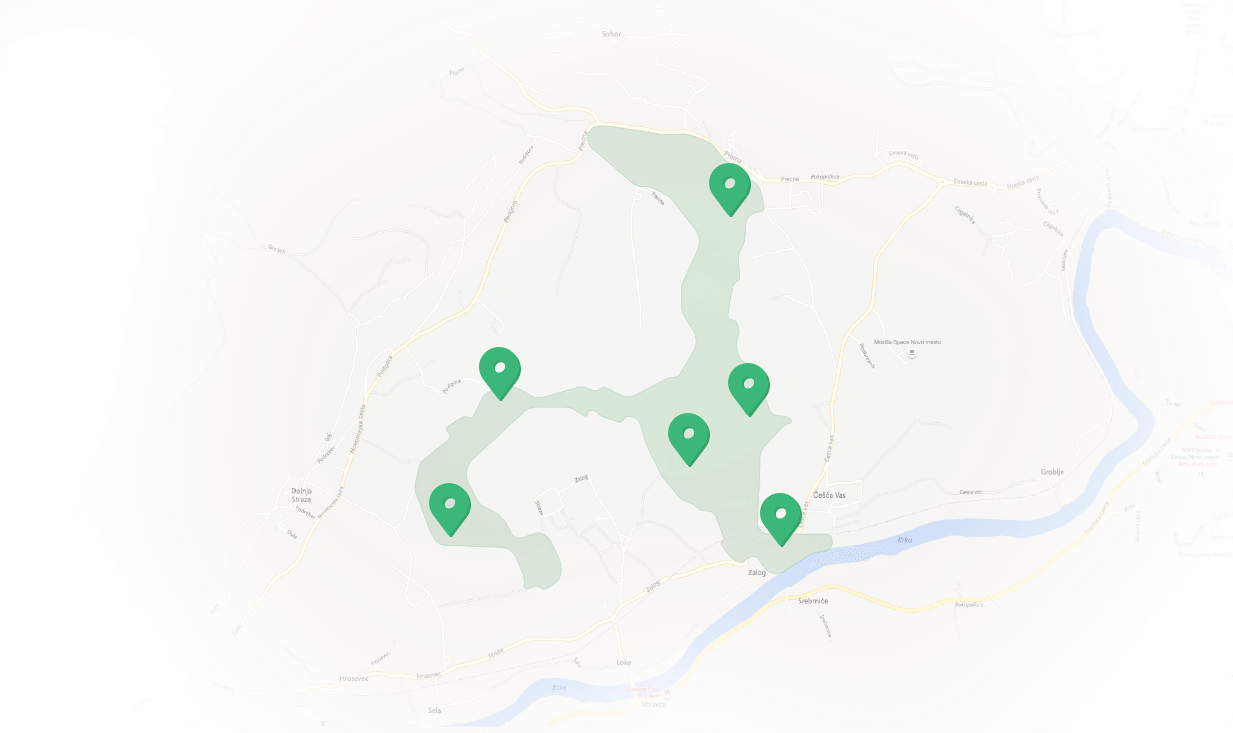
Features Temenica (3)
SPECIAL ogr.

